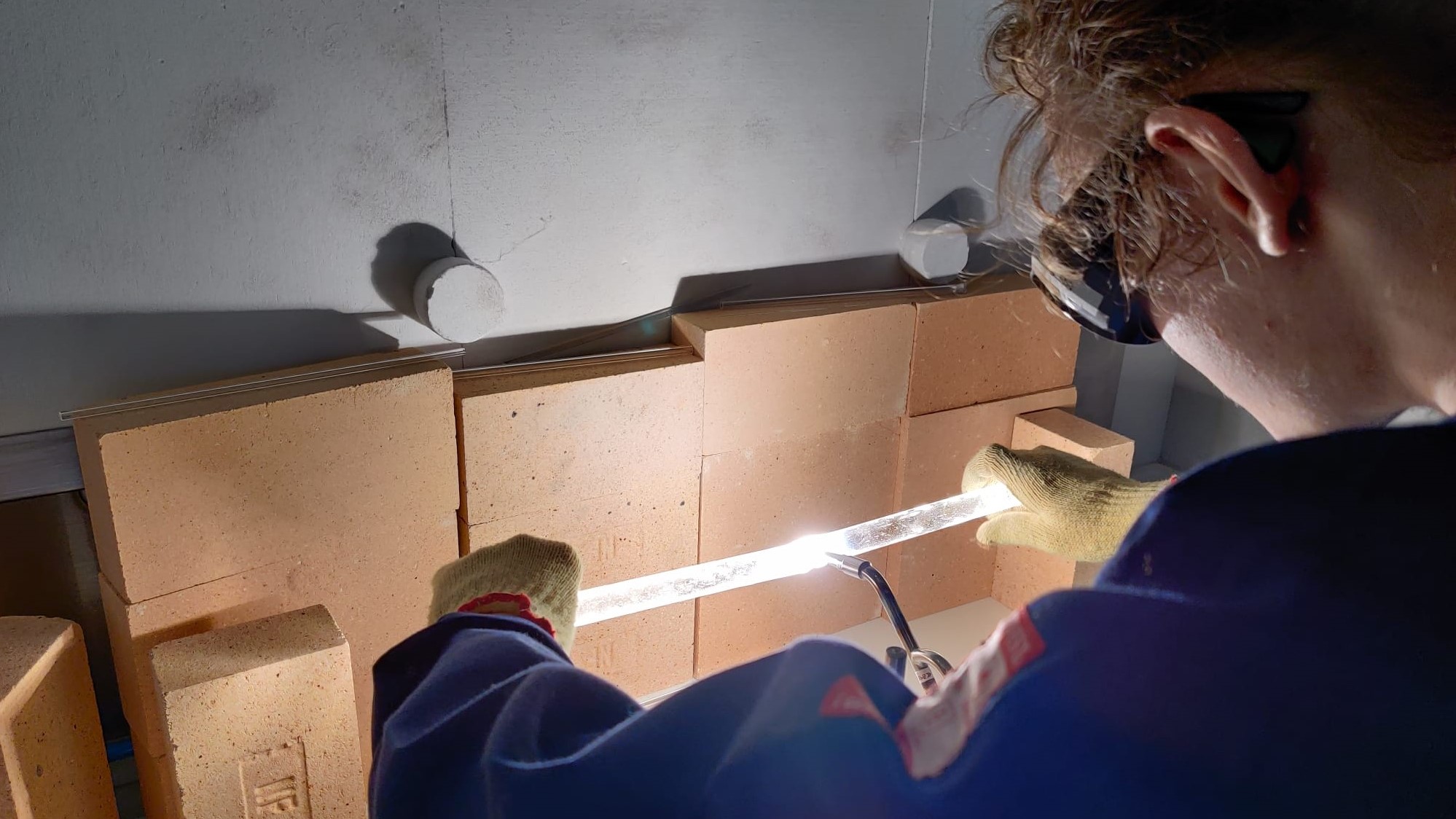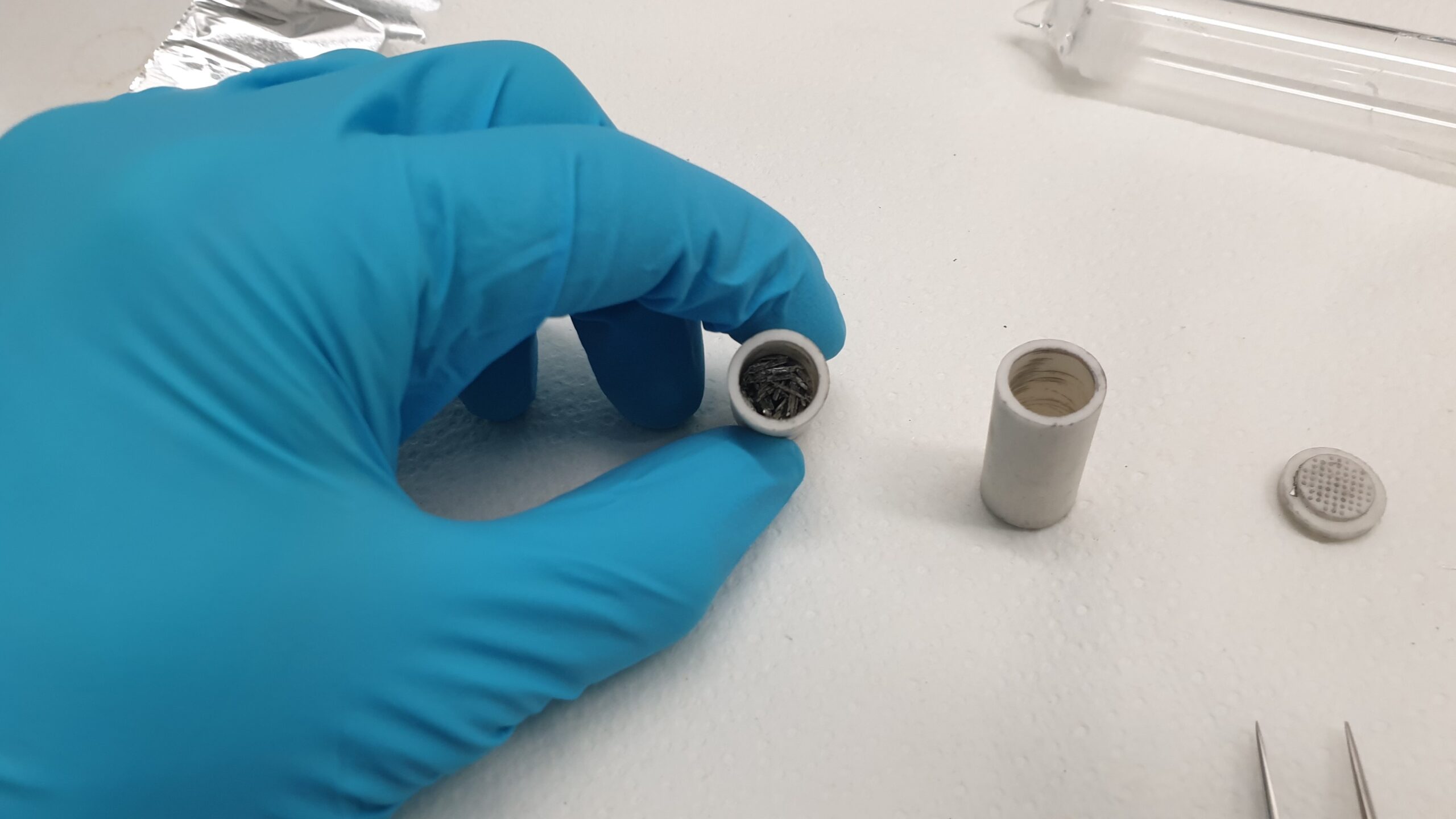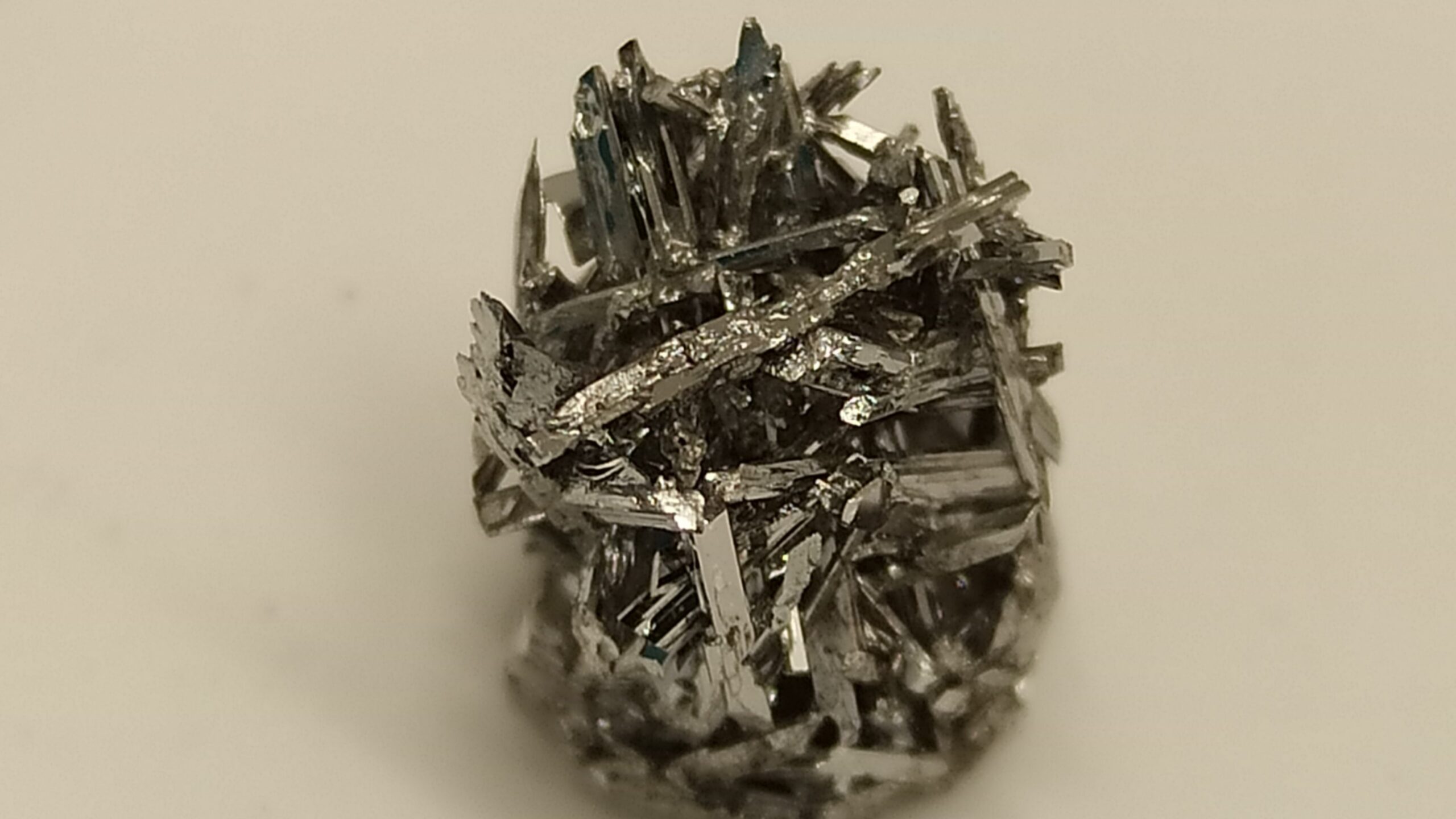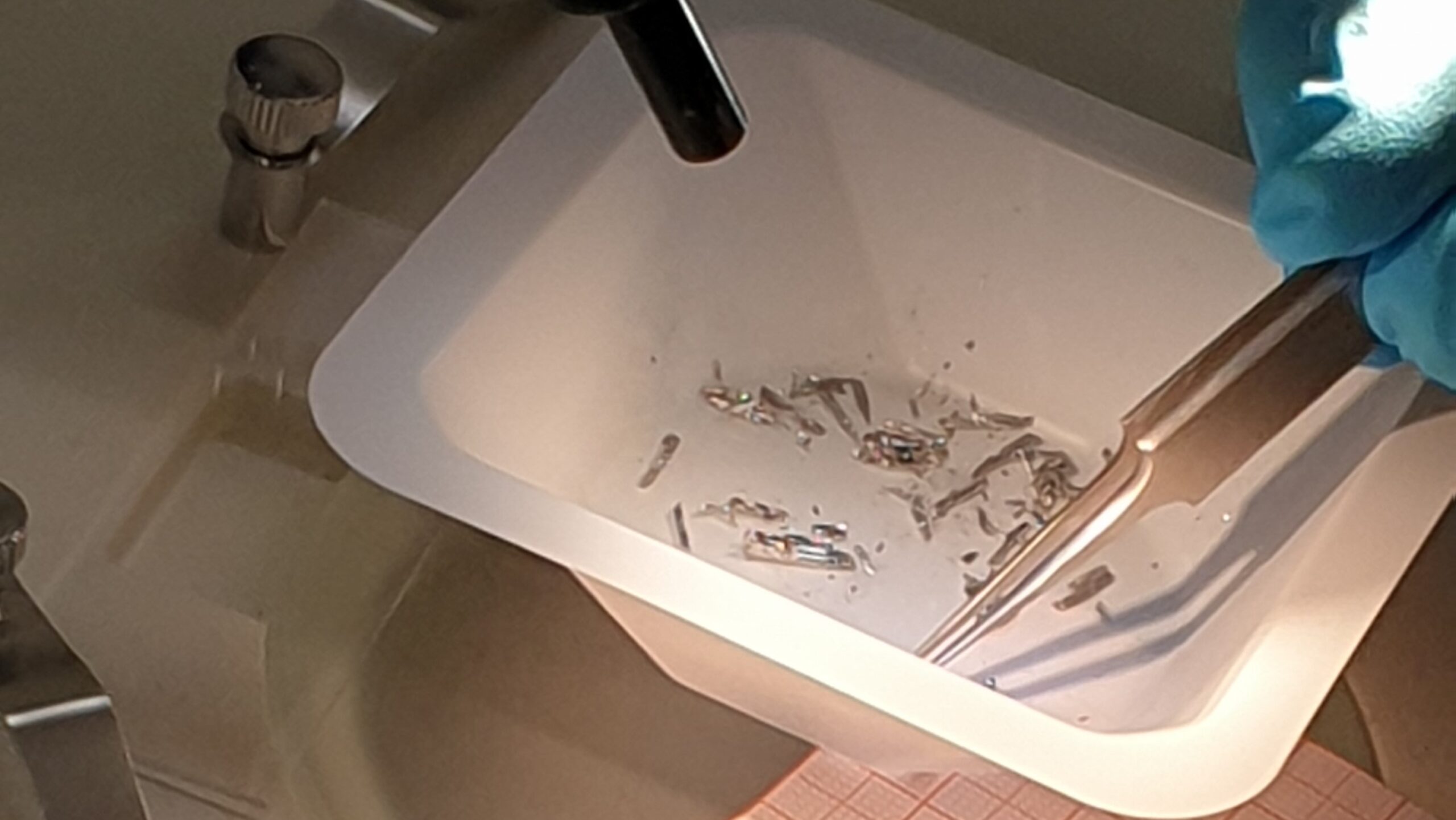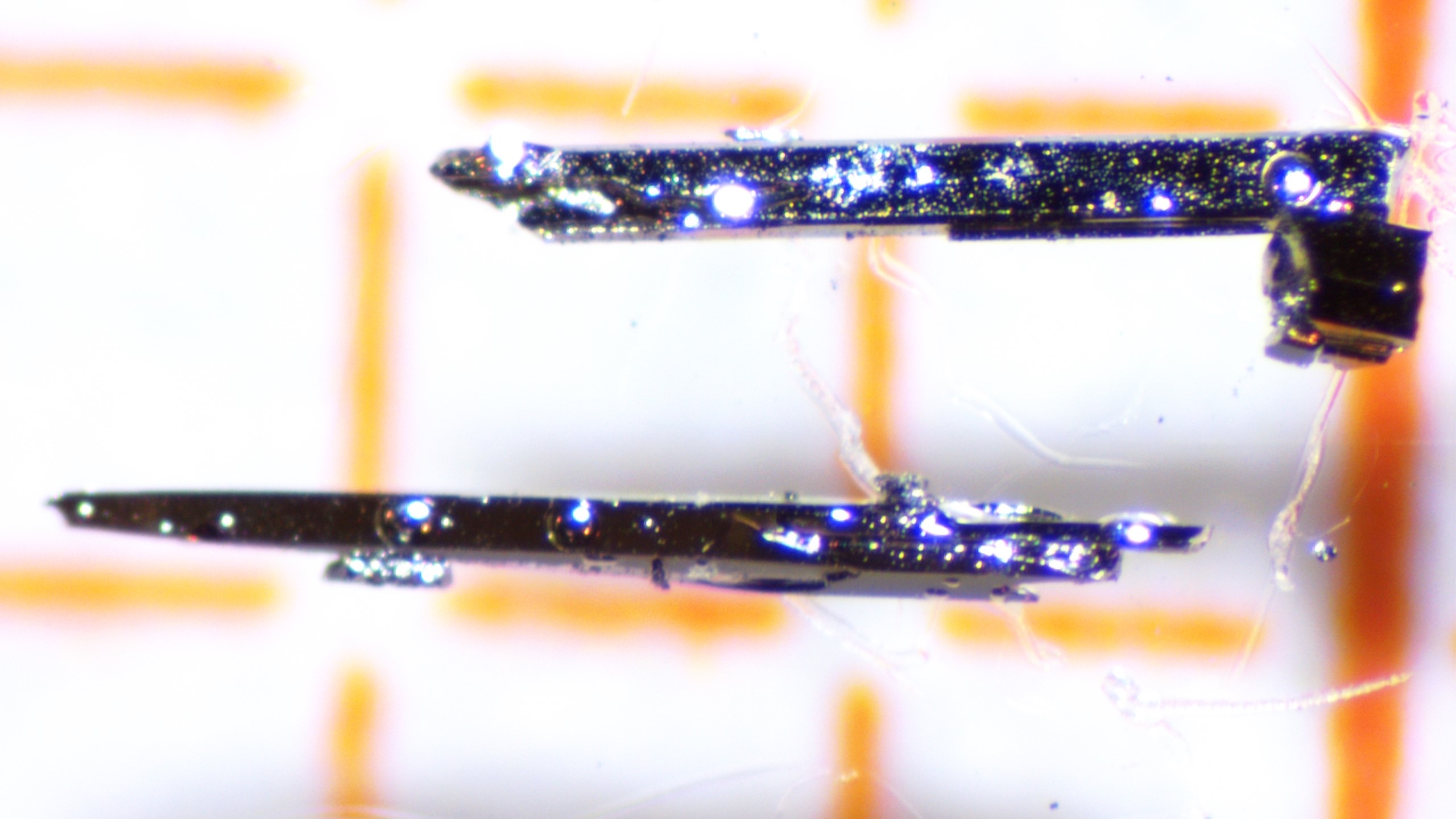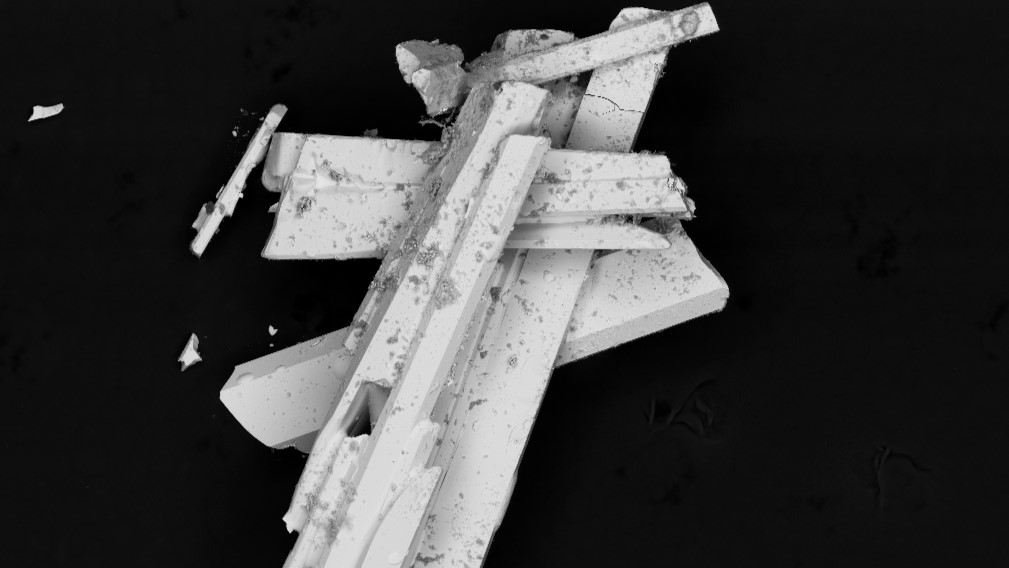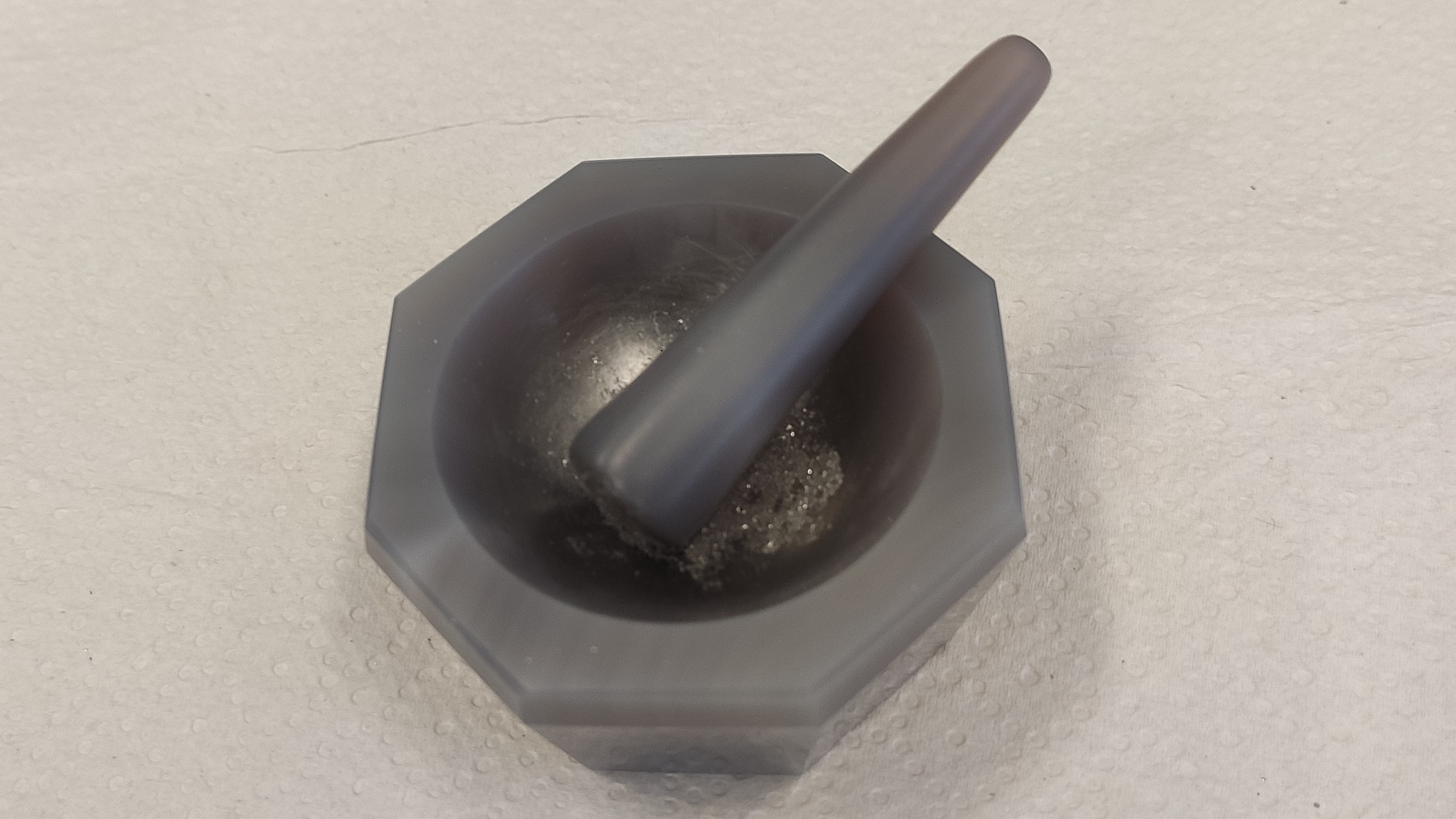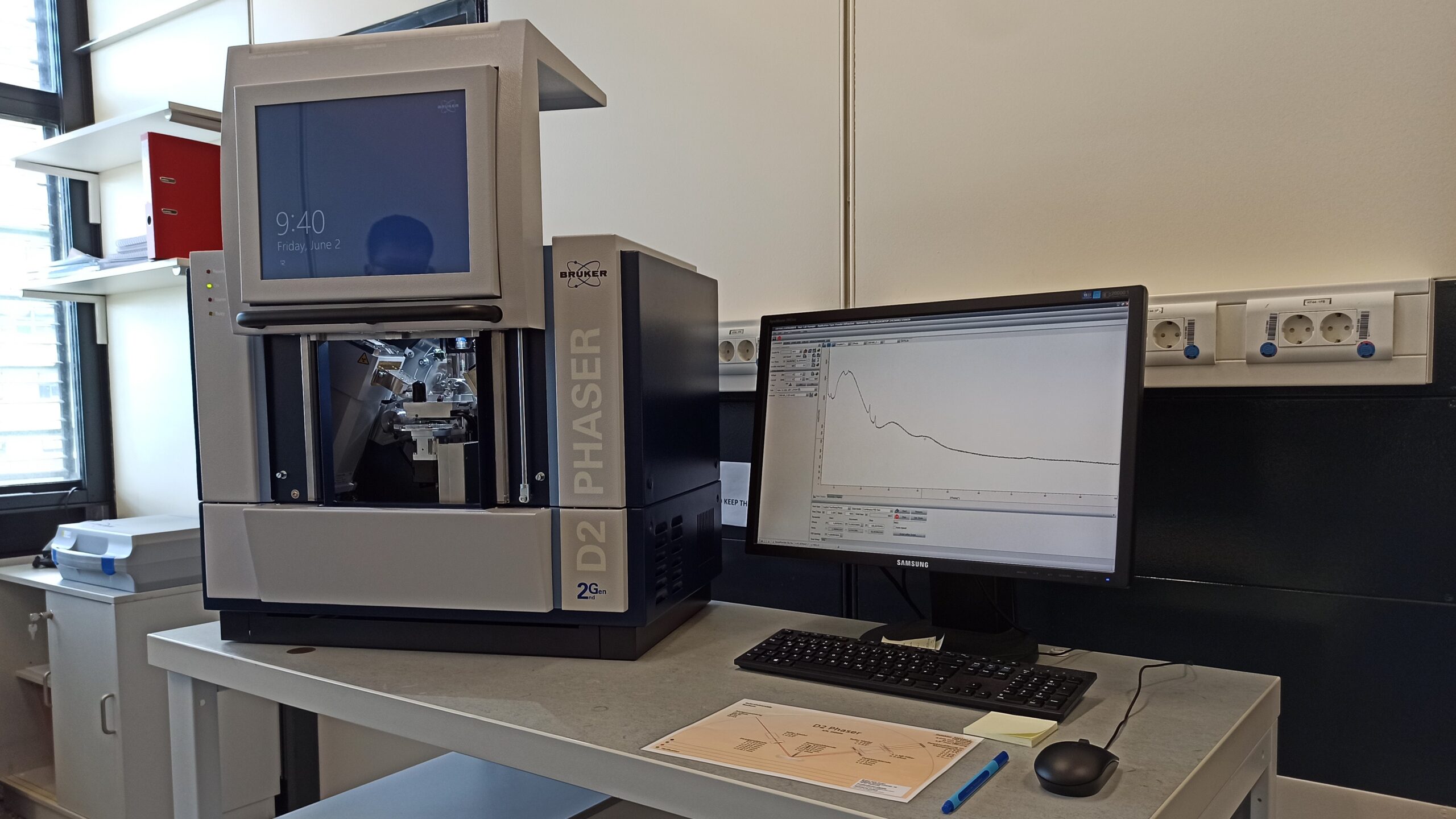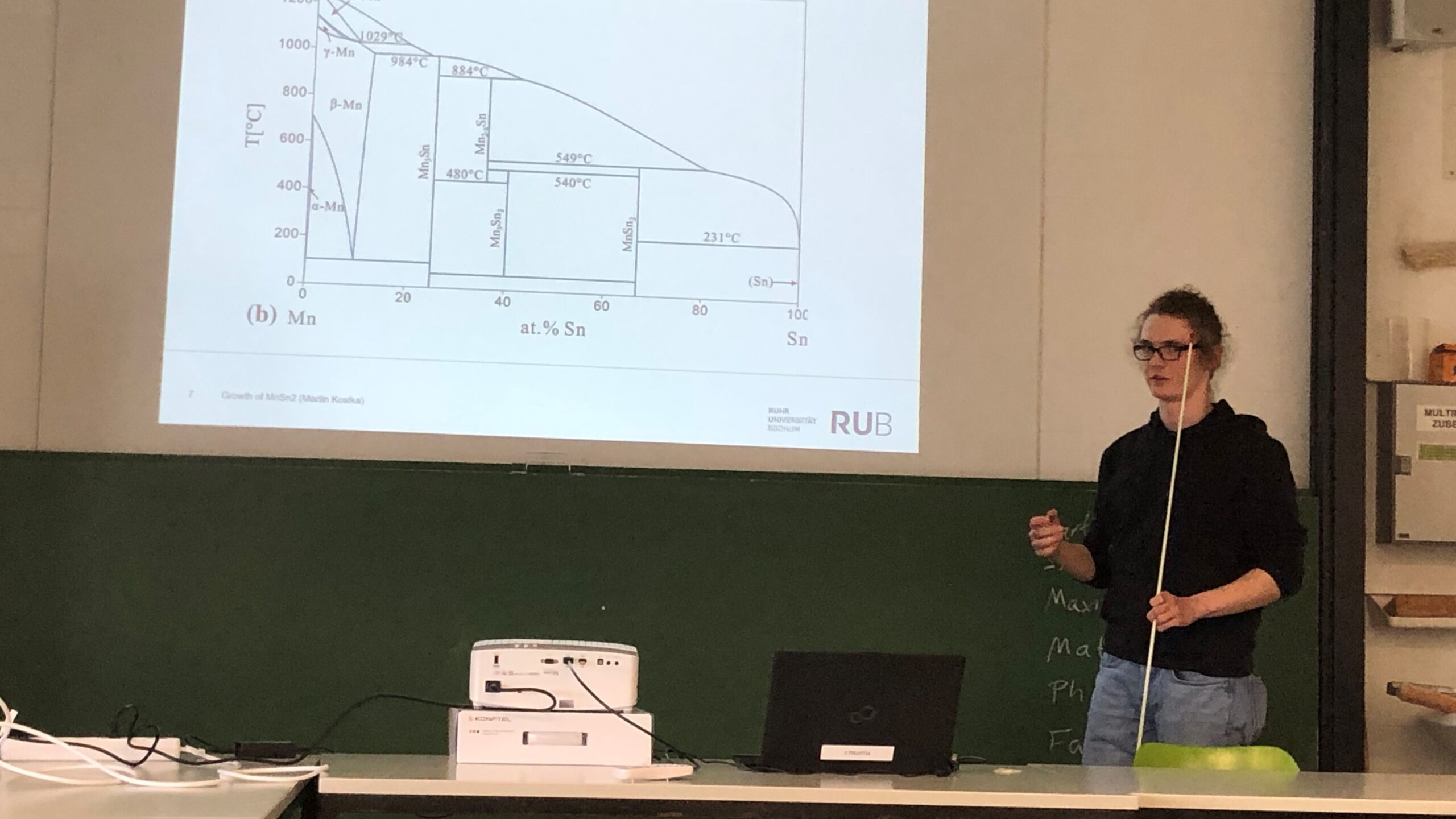Teaching
We currently offer lectures, seminars and advanced practical training in the area of solid-state physics. Please find below information on current and former classes, including our series of laboratory classes on crystal growth and characterization offered twice a year.
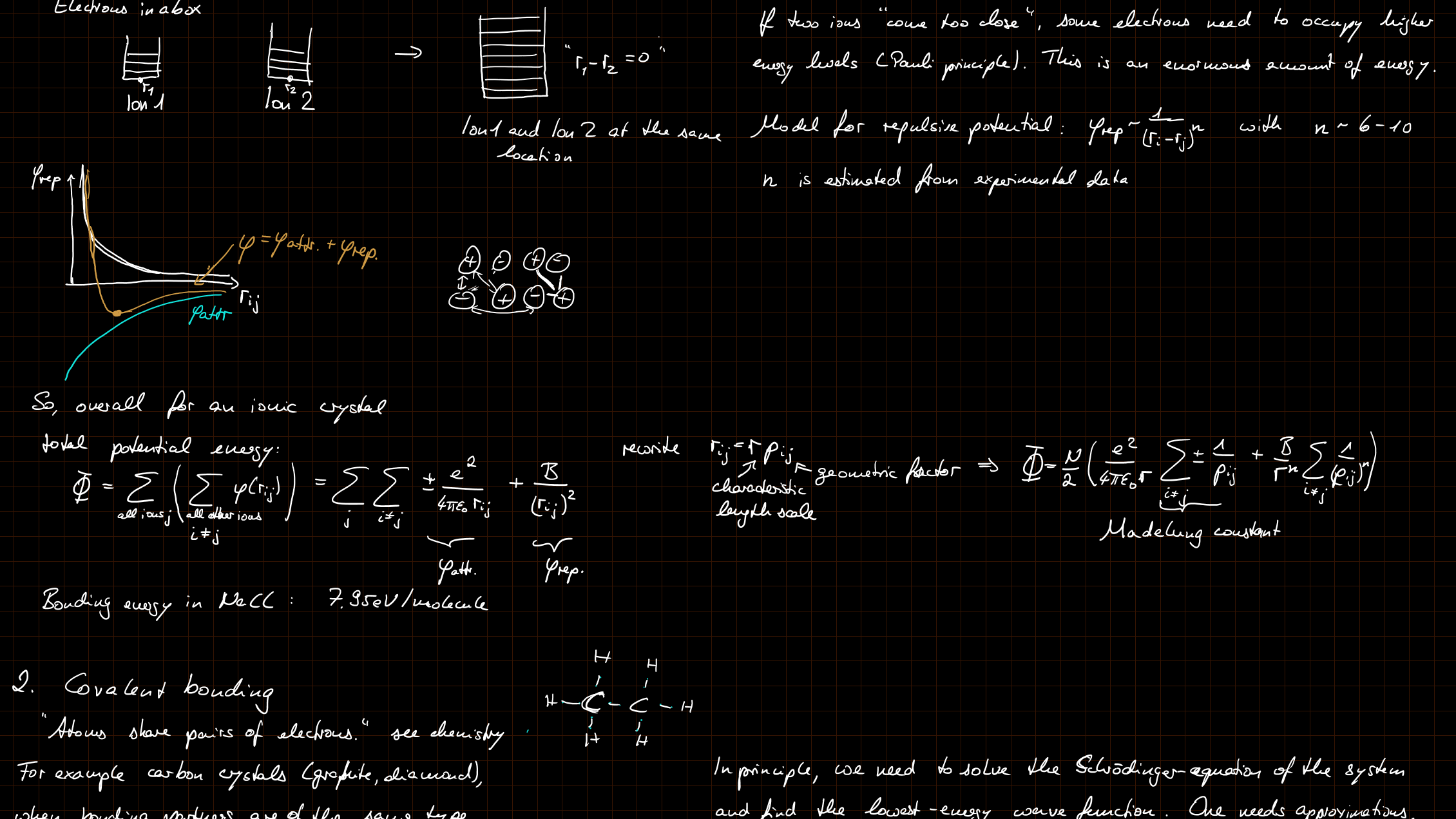
Winter term 2023/2024: Lectures and seminars
160200 Introduction to Solid-State Physics I
Within the lecture “Introduction to solid-state-physics I”, we learn about the geometric structure of solid state matter, the dynamics of the crystalline lattice and electrons in solid matter starting from the free electron gas to the band structure of solids: metals, semiconductors and insulators.
Tuesdays 8:30-10:00, room NB2/99 (lecture) and 10:15-11:45, room NB4/158 (exercises, German)
Thursdays 8:30-10:00, room NB5/99 (lecture) and 10:15-11:45, room NB3/99 (exercises, English)
For more information: Solid-State Physics I (moodle-link, internal)
160350 Quantum Materials
Quantum materials are materials whose properties are decisively determined by quantum mechanics. In this seminar, we will talk about quantum materials, superconductors and selected topics of solid state physics.
Advanced practical training
Compact lab course experimental solid-solid state physics
Blockpraktikum experimentelle Festkörperphysik
This compact lab class combines single crystal growth from a metallic flux, electron microscopy and powder x-ray diffractometry. Each experiment encompasses one day of experimental work on individual appointments over the span of 2-3 weeks. You will first grow your own single crystals, and then characterize their morphology, chemical composition and crystal structure. A small seminar concludes the class.
Offered typically three times per year: June, September and February/March. For further information and registration, please contact Dr. Andreas Kreyßig. Wiki-Link: Blockpraktikum
507: Electron microscopy and energy-dispersive x-ray spectroscopy
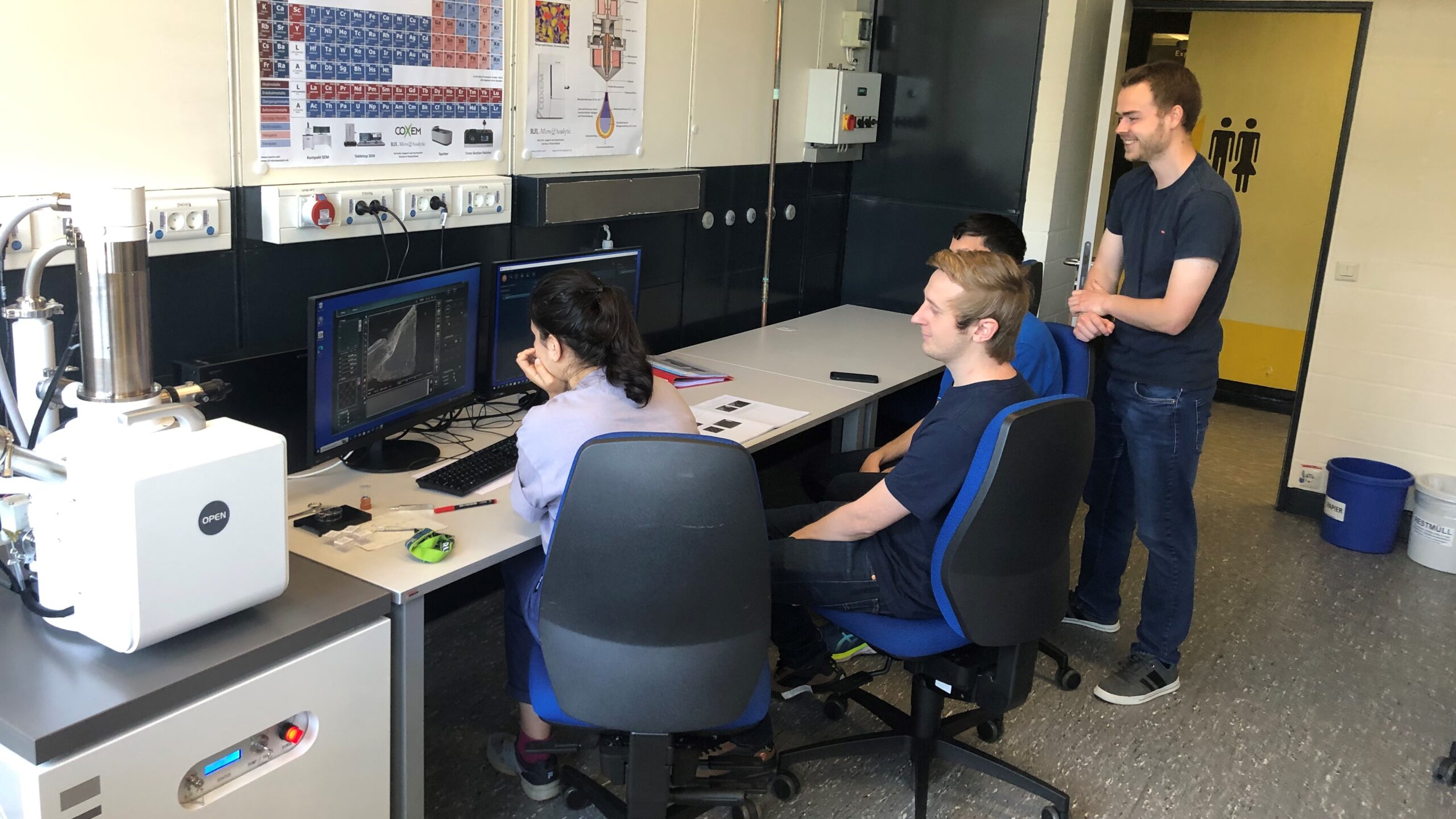
In this advanced lab session, the single crystals which were obtained previously will be characterized using electron microscopy and energy-dispersive x-ray spectroscopy. A scanning electron microscope (SEM) is commonly used for analysis of the surface of bulk samples. In addition to imaging the surface, it allows to obtain information about the local chemical composition via energy-dispersive x-ray spectroscopy. In research and development, scanning electron microscopes are used from semiconductor- and nanotechnology to biology. In an SEM, a finely focused electron beam scans the sample surface. These primary electrons interact with the surface. Products of this interaction, such as secondary electrons or x-rays, are used for imaging and sample analysis. The goal of this advanced lab session ist to understand the fundamental physical processes involved and the diverse interaction mechanisms of electron beam and sample. In the course of the lab session, the students will become familiar with sample preparation and operation of the SEM. While studying their own samples, the students will discuss the different contrasts mechanisms and interaction between electron beam and sample. In addition to analyzing the sample surface, the sample composition and chemical homogeneity will be studied.
Contact: Maik Golombiewski
508: Scanning tunneling microscopy
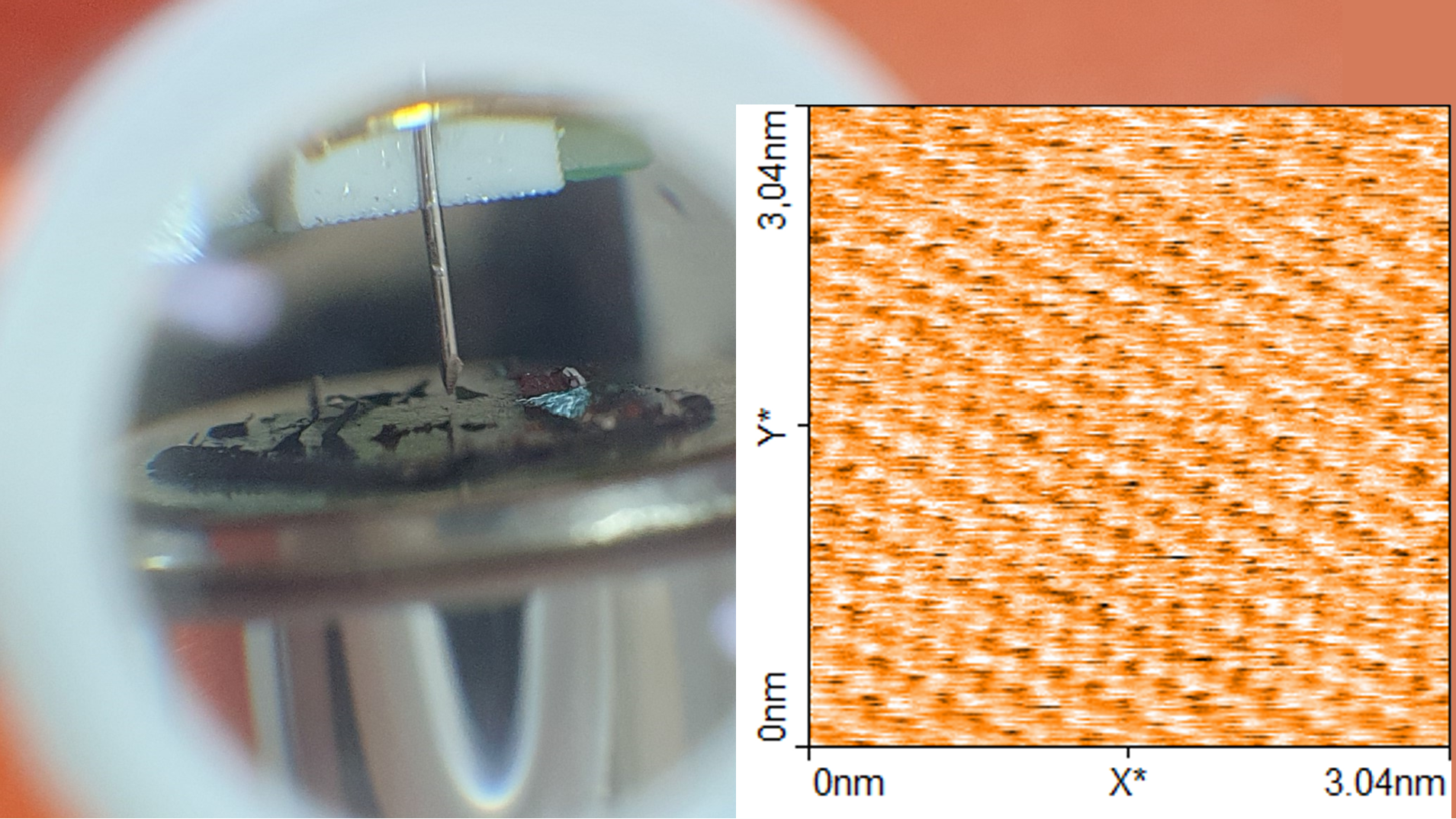
In recent years, scanning probe microscopy methods have developed into the most important investigation methods for solid-state physics. The STM (Scanning Tunneling Microscope) experiment explains how a scanning tunneling microscope works and makes the surface of crystalline structures visible on an atomic scale.
High-temperature single crystal growth out of solution
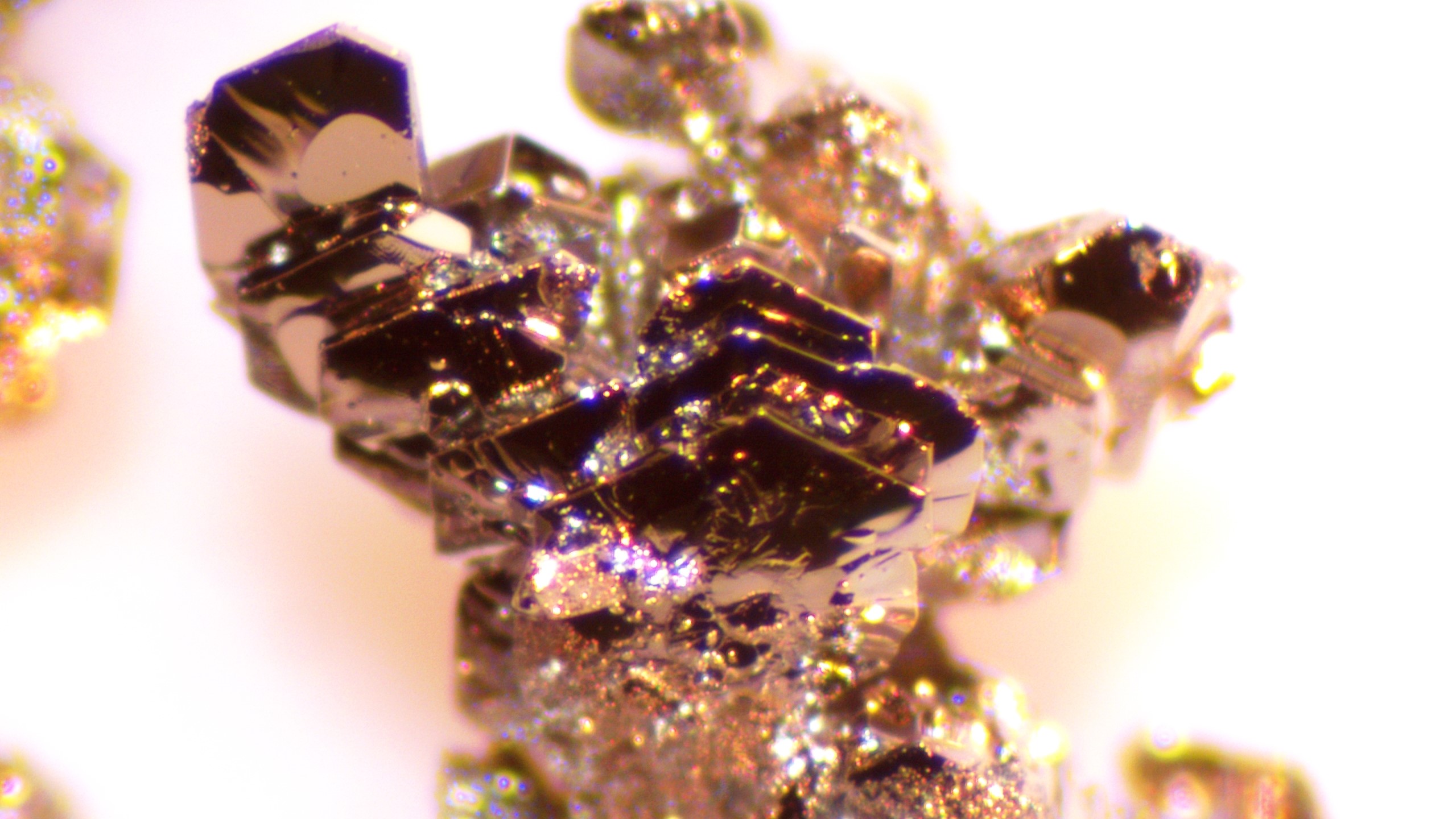
In this advanced lab session, we perform single crystal growth out of a high-temperature metallic solution. We study the crystallization processes, and the laws of thermodynamics which control the solidification of a binary solution and rule these processes. Phase diagrams are the most important tool for crystal growth. They are represented as maps, in the temperature-composition space, of the state of the system in thermodynamic equilibrium. After learning how to read a binary phase diagram and how to use it determine the right parameters for the growth process (such as liquidus, solidus, solidification ranges and eutectic temperatures), we will grow single crystals of a binary phase using a self-flux technique that will be explained in details. The appropriate composition and amount of starting materials will be weighted and loaded in a crucible, sealed in protective atmosphere and heated in a furnace. After a first analysis of the growth, the obtained single crystals will be characterized in subsequent lab sessions using x-ray diffraction and electron microscopy. The lab session takes place at the Institute of Experimental Physics IV, NB 4.
Contact: Haneen Abushammala
Powder x-ray diffraction
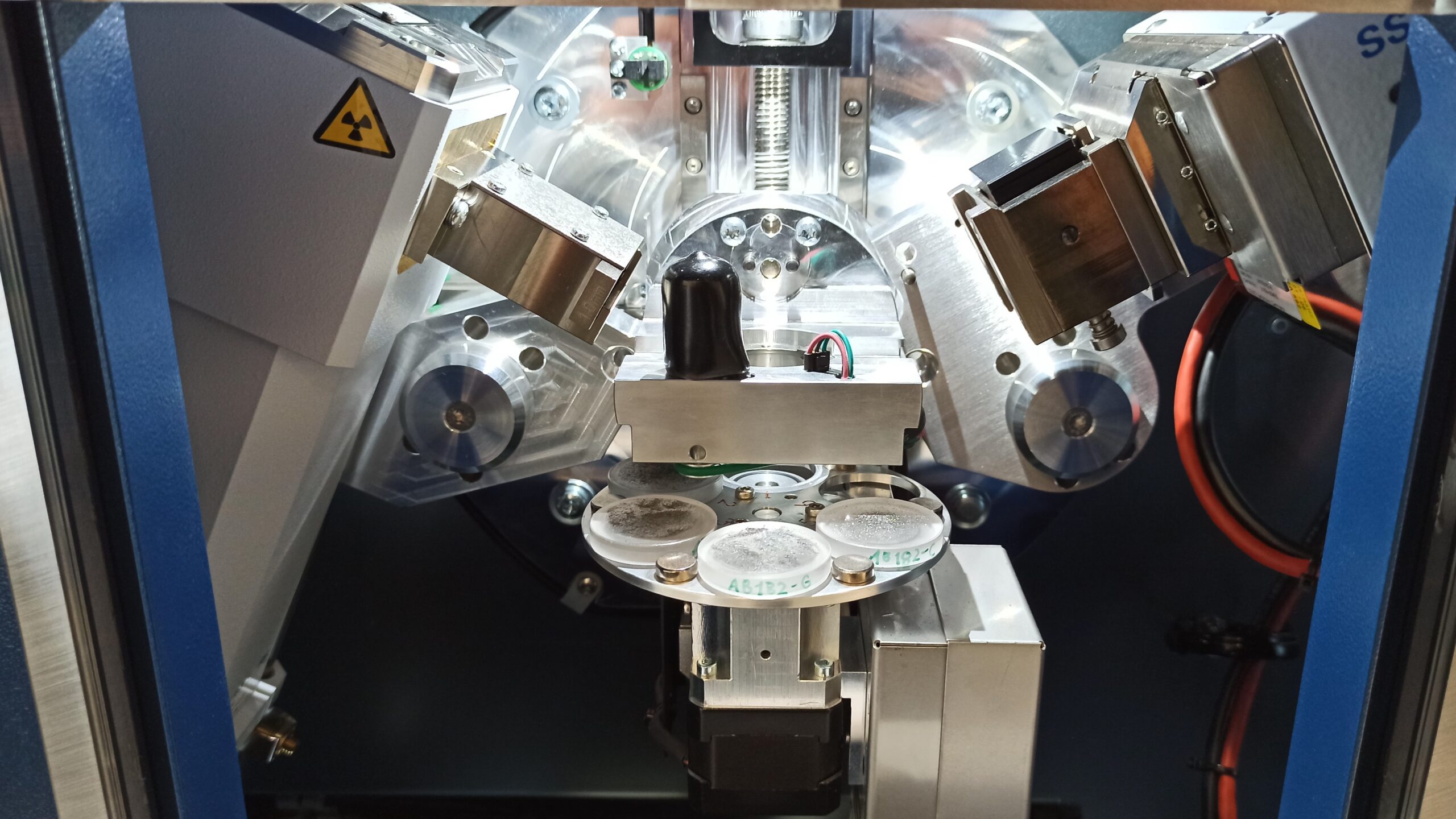
In this advanced lab session, the single crystals which were obtained previously will be characterized with powder X-ray diffraction (PXRD). PXRD is a major technique in the investigation of condensed matter. It is primarily used for phase identification and for determination of crystal structure and lattice parameters of crystalline materials. The goal of this experiment is to teach the students the basics of PXRD. The students will start by preparing finely ground samples of investigated materials as well as a standard material for comparison. During the experiment the students will be given a detailed introduction of the x-ray diffractometer, showing them all of the major components and teaching them how to handle it. After collecting the diffraction data, the students will be asked to analyze them using standard programs and provide detailed information on the investigated material such as composition, structure and lattice parameters. The obtained results will be compared to literature.
Contact: Luqman Mustafa
Past classes
| Introduction to Solid-State Physics I | WS 2024/2025 |
|---|---|
| Quantum Materials (Seminar) | WS 2024/2025 |
| Introduction to Solid-State Physics II | SoSe 2024 |
| Superconductivity (Seminar) | SoSe 2024 |
| Introduction to Solid-State Physics I | WS 2023/2024 |
| Quantum Materials (Seminar) | WS 2023/2024 |
| Introduction to Solid-State Physics II | SoSe 2023 |
| Quantum Materials (Lecture) | SoSe 2023 |
| Superconductivity (Seminar) | SoSe 2023 |
| Introduction to Solid State Physics I | WS 2022/2023 |
| Quantum Materials (Seminar) | SoSe 2022 |
| Introduction to Solid-State Physics II | SoSe 2022 |
| Quantum Materials (Seminar) | WS 2021/2022 |
| Introduction to Solid-State Physics I | WS 2021/2022 |
| Superconductivity (Seminar) | SoSe 2021 |
| Quantum Materials (Lecture) | SoSe 2021 |



